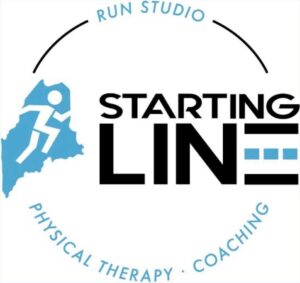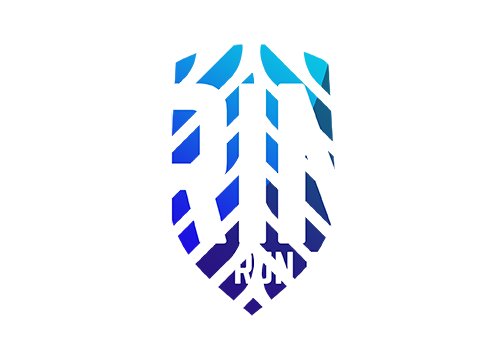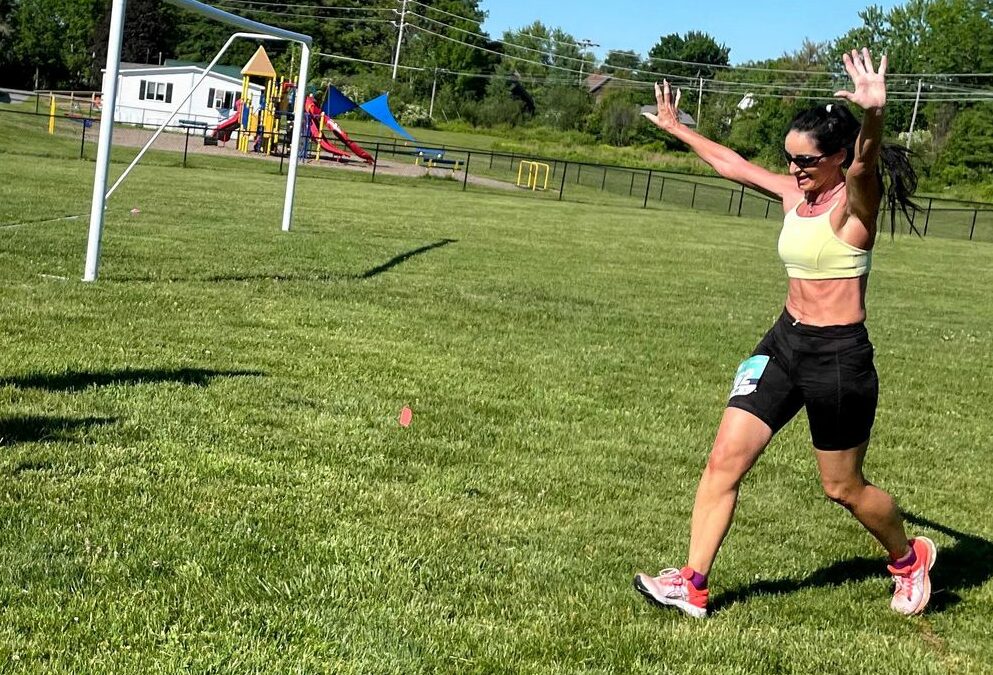Spring Running Is In The Air
Ahhhh take a deep breath in… and out. Yes that is the fresh air of Spring slowly but surely making its way to Maine. The days are getting longer, the temperature is a bit warmer and the sun is shining a little brighter. Damn it feels good.
But maybe getting back into a running routine after some time off during the winter months hasn’t been feeling as great. This is about the time that runners who hung up their sneakers for the Winter start to dust off their shoes and are tempted to jump right back into where they left off 3-4 months ago.
What if I told you that there were a few ways to ease that transition to help set you up for a successful running season?! Let me take you through 3 easy steps to help you spring into training on the right foot.
Walk before you run.
This may seem overly simple but If you have taken at least 1 month off from running, taking those first few nice days to get in some longer walks (45-60 minutes) will be a way for you to get a lens into how your body is feeling and allow your muscles and tendons to adjust to being loaded again. If everything is feeling good after a few walks, you can transition to gradually ramping up your runs with run/walk cycles. Depending on how much time you have taken off from running and what your previous running volume was this may look a little different for everyone.
For example, if you haven’t run since November, you may start with running for 1 minute then walking for 1 minute and repeating it for 10-12 rounds. After about 2-3 runs you can gradually increase the run time until you get to longer continuous runs. On the other hand, if you only took 1 month off and were running consistently before, then starting with a 10-minute continuous run (or 1 mile, whichever comes first) followed by 1 minute of walking and repeating 2-3 times may be the perfect place for you. This part of the “early season” is great for focusing on consistency with your routine and making sure you aren’t trying to tackle too many miles too quickly. For those of you who are planning to race in the summer or fall, you have PLENTY of time to ramp up your mileage. Speaking of mileage…
Build up miles before speed.
 During this building phase, it’s important to remember to not increase too many variables at once. When it comes to running we can add duration (or distance), frequency (x/week), or intensity(speed). In the beginning, you’ll want to focus on gradually increasing time on your feet. Some like to track it via minutes, miles, or kilometers but regardless of how you track it you’ll want to strategically increase this variable over the course of 3-4 weeks before introducing speed. If you are just starting out, keep things simple by starting with a frequency of 1-3x/week and keep an eye on the total duration throughout the week. As you build the frequency and weekly duration over that first month, make sure you aren’t spending double or triple the time running from one week to the next – this is where early overtraining can occur and lead to a setback.
During this building phase, it’s important to remember to not increase too many variables at once. When it comes to running we can add duration (or distance), frequency (x/week), or intensity(speed). In the beginning, you’ll want to focus on gradually increasing time on your feet. Some like to track it via minutes, miles, or kilometers but regardless of how you track it you’ll want to strategically increase this variable over the course of 3-4 weeks before introducing speed. If you are just starting out, keep things simple by starting with a frequency of 1-3x/week and keep an eye on the total duration throughout the week. As you build the frequency and weekly duration over that first month, make sure you aren’t spending double or triple the time running from one week to the next – this is where early overtraining can occur and lead to a setback.
Once you have established a base, then you can introduce some various speeds. Don’t worry, you don’t have to head straight to the track to get faster. An easy way to get more comfortable with adding speed to your routine, can be through incorporating strides (or accelerations) into the middle or end of your runs. Strides are short bursts of 20-30 seconds where you accelerate from a jog into a faster pace(about 95% of max speed or hard effort) and then back down to a jog. Take 60-90 seconds of active or standing recovery before the next round. You can start with 3-4 rounds and increase to 5-6 after a few weeks of performing these. As you become more acclimated to your weekly mileage and various paces, this is where exploring different types of speed work would be appropriate.
Strength training will compliment your running.
This is the component that most runners ignore and can be key to getting back into your previous running levels, ESPECIALLY in the first 4-8 weeks after a winter running hiatus. Instead of going from no runs a week to 5 runs a week, opt for 2-3 runs and 2 short strength sessions utilizing a combination of kettlebells/dumbbells, resistance bands, body weight, and plyometric exercises. Don’t worry, you don’t need to spend hours at the gym as 25-minute sessions can still be highly effective!
If you aren’t quite sure where to start or what exercises to do, take a peek at these two sample workouts for runners. These exercises can be performed for 3 sets of 8-12 repetitions. You can start with higher repetitions at a lower weight or body weight to help with movement acquisition. As the exercise becomes easier, you can increase the weight while decreasing repetitions.
Strength training can not only help improve your running economy and increase your max speeds but helps to prepare your muscles and tendons to be able to better withstand the increased loads of running, ultimately helping to decrease your risk of injury.
It is important to note that the suggestions above may look a little different for everyone depending on your previous training, how long you have taken off from running, and if you are coming back from injury. If you are currently navigating an injury, feeling stuck or aren’t quite sure where to start or how to progress your runs, please don’t hesitate to reach out at danielle@startinglinemaine.com or on Instagram @startingline207. We can set up a 20-minute Strategy Session to talk through next steps to keep you running happy and healthy throughout the Spring season and beyond!
Danielle A Kroot PT, DPT USATF and USAT Coach


